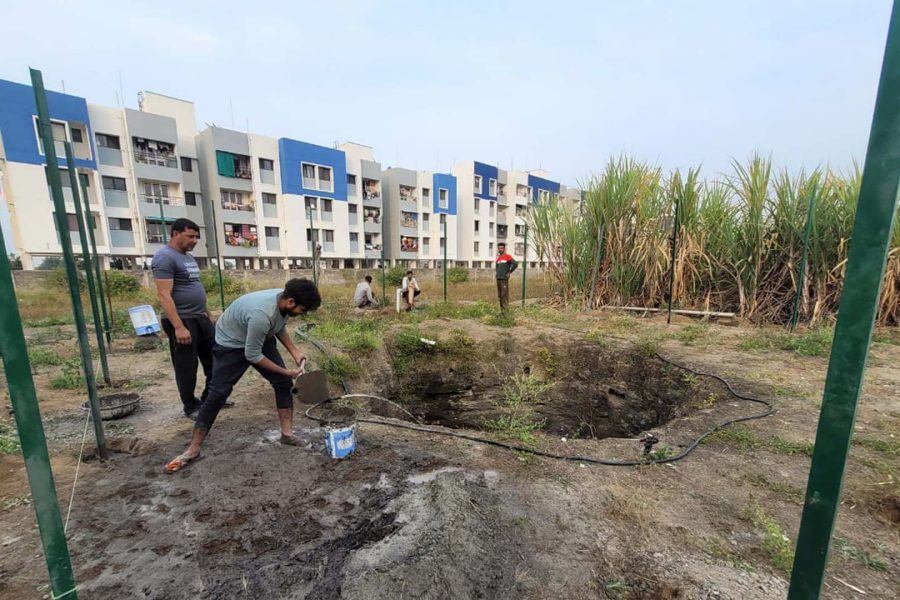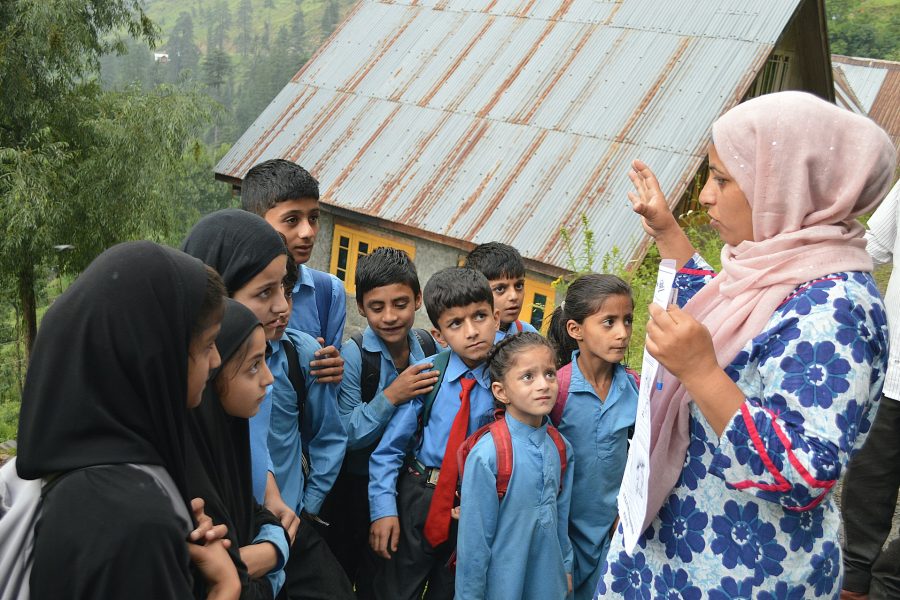Amidst the chaos of the overcrowded city of Delhi, it’s easy to overlook its more elusive, smaller occupants.
This includes a diverse number of urban wildlife species like civet cats, monitor lizards, a startling variety of birds and non-venomous snakes like sand boas, rat snakes, wolf snakes, royal snakes and pythons, along with just two venomous species – the cobra and the common krait.
Generally misunderstood and seen as threatening, these animals are more often than not completely safe to be around, unless threatened, alarmed or hurt, motivating them to act defensively. The fact is that wild animals only enter urban settlements when their natural habitat is overrun by unchecked development, forcing them to seek refuge in human habitation. Wildlife SOS’ 24-hour wildlife rescue hotline (9871963535) gets regular calls from people reporting snakes in buildings, gardens, college campuses and people’s homes. In nearly all cases, the animal is rescued without having caused any harm to the inhabitants of the area.
Wildlife SOS works hard to dispel misplaced fear of wild animals and thereby prevent unnecessary killing when they wander into urban settings.

For this purpose, we conduct workshops and talks around the city with wildlife enthusiasts, school children and environmental organisations.
Last week, Wildlife SOS team member, Bindia was invited to conduct the second in a series of workshops at the National Institute of Animal Welfare (NIAW), Haryana. Accompanied by our rescue team member, Lokesh, Bindia held an interactive session with about 20 participants, who were Honorary Animal Welfare Officers appointed by the Animal Welfare board from different states.
The talk commenced with a discourse on conservation issues plaguing the country and the work being carried out by Wildlife SOS to alleviate these. Bindia offered details regarding endangered species found in the city and the threats they face in urban environments, along with a detailed explanation of the Wildlife Protection Act and its significance, with particular reference to killing, poaching and illegal trade in these species and their parts. The main focus of the talk was wildlife crime and the species in trade in Asia, as well as the impact this illegal poaching and trafficking has on the environment. Wildlife SOS has been involved in numerous anti-poaching operations, as part of their initiative ForestWatch and has seized a disturbing number of mammal and reptile skins, bones and other body parts as well as live animals. Delhi has acted as a prime hub for the wildlife trade in reptiles and derived products including snake skins, lizard skins and reptile body parts.
The workshop concluded with a live demonstration with a few nonvenomous snake specimens – a rat snake, common sand boa, red sand boa, wolf snake and python – to help the audience better understand these much maligned reptiles, eliminate the fear typically associated with them and educate them regarding proper handling of such creatures.

The workshop was extremely well-received and the members of NIAW expressed a keen interest in having another similar seminar in the near future. Wildlife SOS expresses its immense gratitude to the institute for giving us this opportunity to spread our message of conservation and educate people about an important part of our ecosystem.




